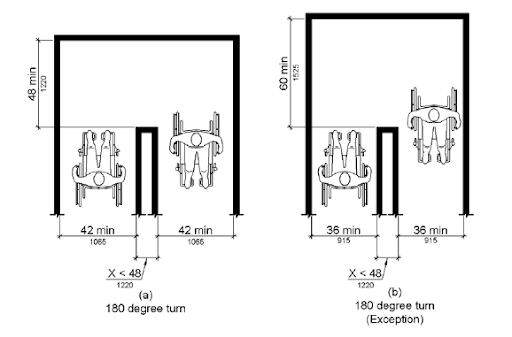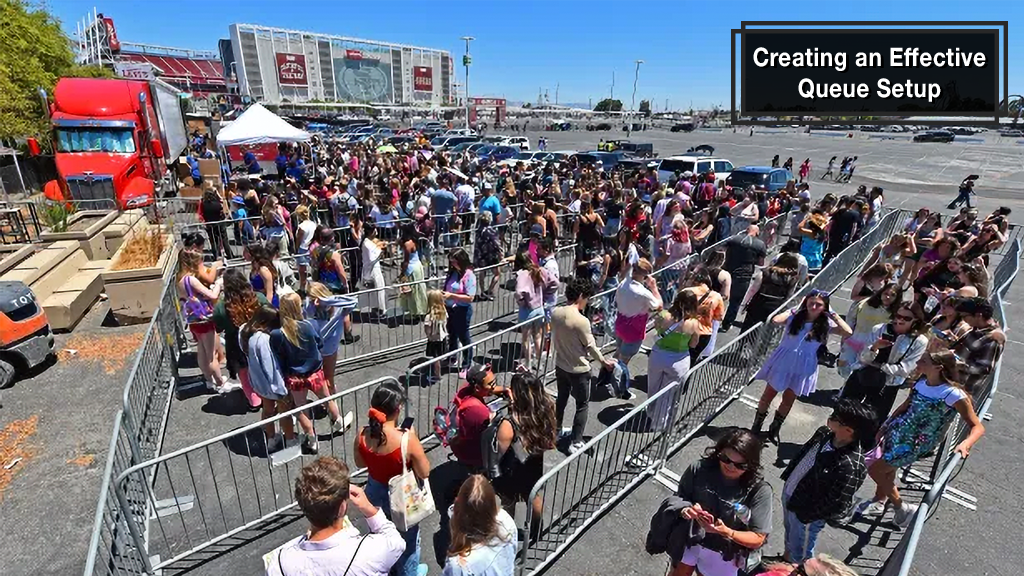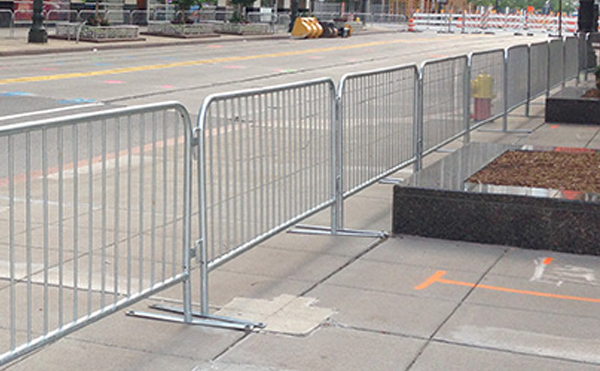How to Setup an Effective Queue
An effective queue system is essential for managing crowds, improving customer experience, and ensuring efficiency in various environments such as retail stores, airports, banks, and events. Poorly managed queues can lead to frustration, congestion, and lost business opportunities. By implementing a well-structured queue, businesses can maintain order and enhance service quality. Below are key steps to setting up an effective queue.
1. Understand Your Traffic Flow
The first step in designing an efficient queue system is analyzing traffic flow. Identify peak hours, customer behavior, and potential bottlenecks. Understanding how people move through a space allows businesses to position queues strategically to maximize efficiency and minimize disruptions.
2. Choose the Right Queue Type
Different environments require different types of queues. Some common types include:
Selecting the right type depends on space availability, service speed, and customer expectations.

3. Use Queue Barriers and Signage
Physical barriers such as stanchions, retractable belt barriers, steel barricades, or rope dividers help guide customers smoothly through the queue. Retractable belt barriers are especially effective in airports and other high-traffic areas such as check-in areas for arenas. These barriers can be used to create organized, single-file lines for check-in counters, separate different boarding zones, or restrict access to closed-off sections. By using retractable belt barriers, staff can create clear and visible queues, reducing confusion and stress for customers.
When choosing the right stanchion, it’s important to consider stability. In high-traffic areas such as security checkpoints or baggage claim, fixed-base stanchions provide better stability and reduce tripping hazards. In less crowded spaces like boarding gates, portable stanchions may be a more flexible option.

4. Implement a Queue Management System
A queue management system can optimize customer flow and improve service efficiency. Features such as digital ticketing, automated call systems, and real-time queue monitoring ensure a seamless waiting experience. Businesses can use electronic displays to inform customers of their position in line, reducing perceived wait times and enhancing satisfaction.
5. Ensure Accessibility for Passengers with Disabilities
An effective queue should be easy to navigate for all individuals, including those with disabilities. This can be achieved by providing clear signage and designated waiting areas for disabled passengers. Wheelchair-accessible paths and ensuring that the queue is wide enough to accommodate mobility devices are essential considerations. Creating an inclusive queuing system ensures all customers have a smooth and hassle-free experience.

6. Ensure Proper Spacing and Comfort
An effective queue should provide ample space for movement without overcrowding. Considerations include:
7. Train Staff for Queue Management
Employees should be trained to manage queues effectively, including guiding customers, resolving disputes, and ensuring smooth movement. Adequate staffing levels are crucial to ensure that queues move efficiently and to address any issues or concerns that may arise. Clear communication between staff and customers is also essential. Staff should be available to answer questions and provide assistance, especially for passengers who may not speak the local language.
8. Monitor and Adjust the Queue System
Regular evaluation of the queue system is crucial. Businesses should collect customer feedback and analyze data to identify areas of improvement. Adjusting queue layouts, adding extra service counters during peak hours, and leveraging technology can continuously enhance efficiency. If passengers consistently experience long wait times at a particular checkpoint, additional staff or queuing products may be necessary to improve the flow of traffic.
Conclusion
Setting up an effective queue requires careful planning, the right tools, and continuous monitoring. By understanding traffic flow, selecting the appropriate queue type, using barriers and signage, implementing a queue management system, and ensuring customer comfort, businesses can create an organized and positive experience for their patrons. A well-managed queue not only enhances efficiency but also leaves a lasting impression on customers, fostering loyalty and satisfaction.

